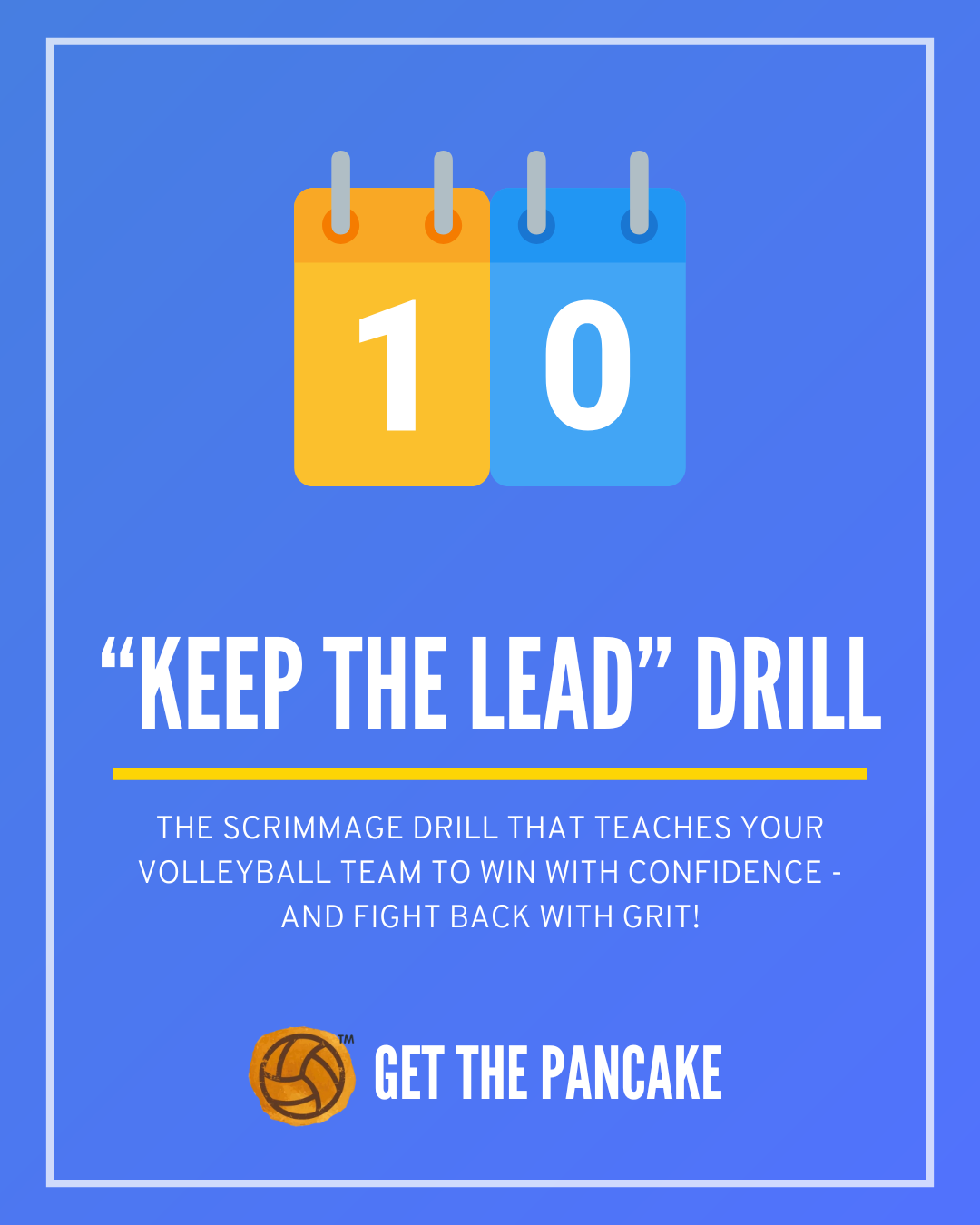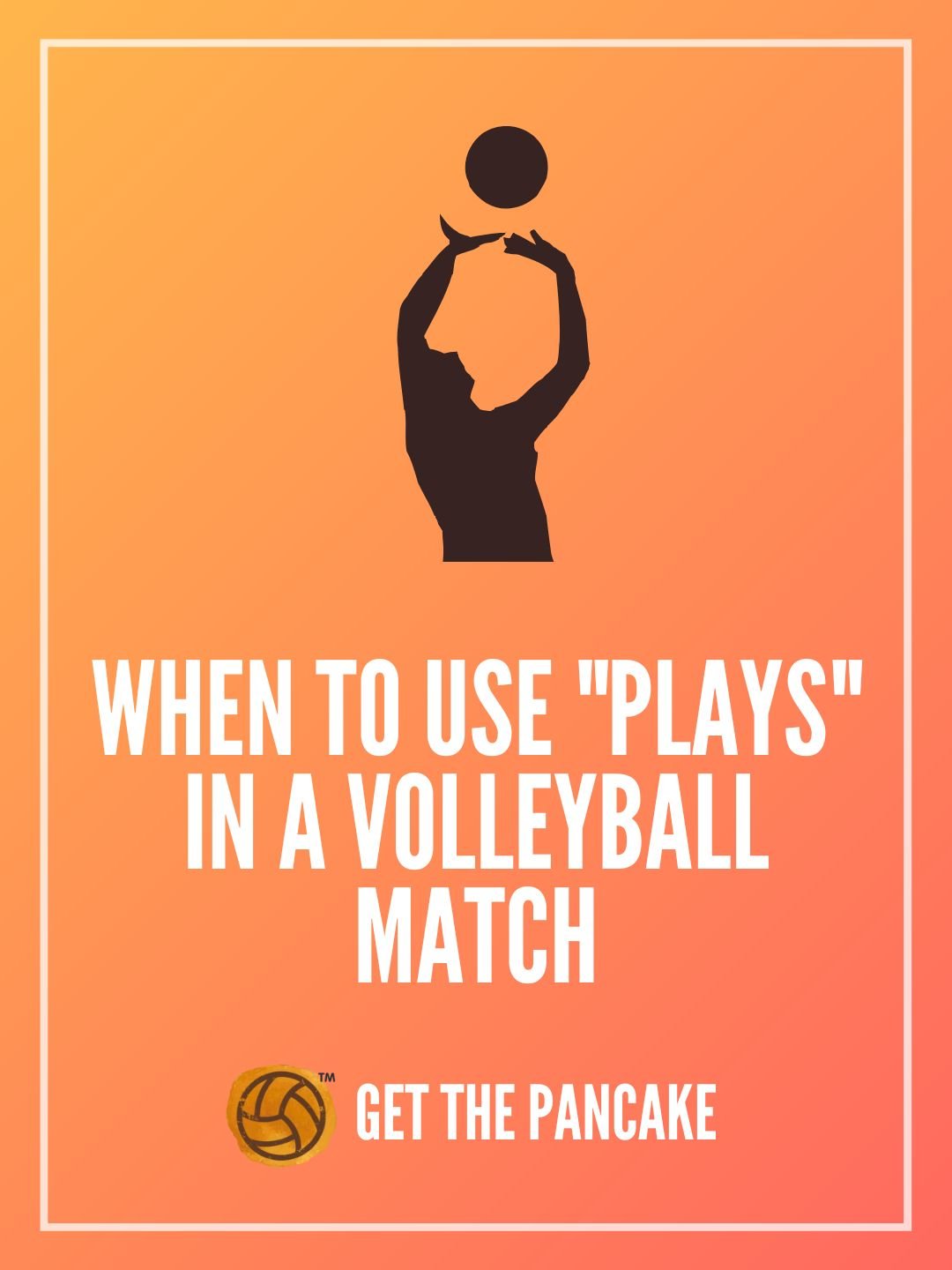Passing With A Focus: Facing The Hitter
Coaches of young or new volleyball players might benefit from review this passing concept with their team: Face the hitter, angle your platform to target.
Too often this is something that we as coaches tend to overlook. Between getting them to not bend their elbows when they pass, making sure they’re standing in the right place, or sometimes even just paying attention at practice, it can be easy to forget about the small things.
In this case, it’s a small thing that makes a HUGE difference.
THE SITUATION
When an opponent is sending the ball over to your team, you want your passer to be square to the hitter on contact. This means that they are in no way angled or turned away from the other team.
This part is pretty straight forward and most players will understand and even do this naturally. I always tell my players, “wherever the ball is coming from, just face that direction!”
The tricky part, however, is introduced just a split second later.
As the player moves to the ball to pass, they should stay facing the direction the ball is coming from.
But what tends to happen?
They turn. They turn to face the setter, because that’s where they want the ball to go.
For many athletes, this feels more natural to them (and is therefore a hard habit to break).
What we want our players to do, is continue to face the direction that the ball was sent from, and then angle their platform towards their target.
WHY
We start out facing the direction the ball is coming from so that we are in an optimal position to react to where the ball goes after contact. The player should be relatively low (but still able to move in any direction) with their hands and arms out in front of them. Although not the main point of this article, we want our athletes to be at a full stop just before contact by the hitter. This improves their ability to react in an aggressive way towards a ball moving in any direction.
READ MORE: SIMPLE PASSING DRILL TO GET YOUR PLAYERS MOVING!
After the hit is made, we want our players to react by moving in a way that keeps their body square to the hitter. They then use their platform to get solidly behind the ball and angle their platform to direct the ball to the target.
But why not turn towards the setter? Isn’t the passing form easier then?
While this form would technically be “easier” to perform, the risk of error increases dramatically.
If a player were to turn towards the setter before passing, they would need to swing their arms up and time their contact with the ball perfectly in order to make the ball actually reach its target. On top of that, they’d likely still need to angle their platform to change the direction of the ball.
However, if a player can keep their body facing where the ball is coming from, all they need to worry about is the angle of their platform. Because they are behind the ball, misjudgments in their passing motion result in higher or lower passes, not complete misses or shanks.
Players who turn to face their target often end up with a pass that resembles a rock skipping on water. It briefly makes contact with their platform, but continues in the direction it was going in the first place.
HOW TO PRACTICE
As I mentioned before, this is such a small detail that you may not catch it unless you’re watching closely for it! At your next practice, watch to see how frequently players do this. If only one or two players have this habit, you might want to work with them individually on the skill. However, if more players turn to face the target while passing, turn it into a team drill!
When you’re teaching something so specific, it’s best to break it down so their focus is only on one task at a time. For example, I might have my team get into back row positions plus a target, get up on a box on the opposite side of the net (or stand on the opposite side of the net) and hit at them. I will specifically only go to the right side for one round (3-5 minutes), specifically go to their left side for another round, and then mix it up for a final round.
READ MORE: UNDER PRESSURE: PASSING CHALLENGE DRILL TO IDENTIFY TOP PASSERS
By breaking down the skill this way, they can plan the motion ahead of time in their mind and they will be more likely to be successful. After they’ve gotten comfortable on both sides, mix it up and you bring their judgement into play. This is gamelike, but they still know it’ll be on the side so they can stay focused on the task.
If you’d like to add another round where the ball might come directly to them or to the side, it will be an even more game-like drill.
This is one of those skills that you only need to teach once for your players to “get it.”
Good luck! I guarantee this will make a huge difference in your passing stats once your players have this skill mastered!










